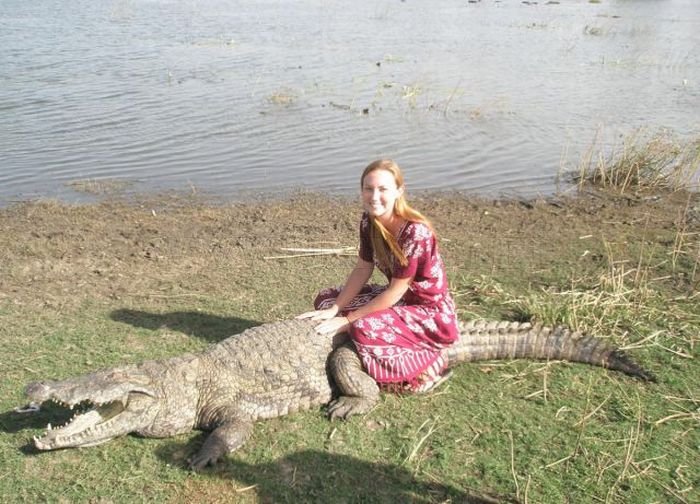DESTINATIONS
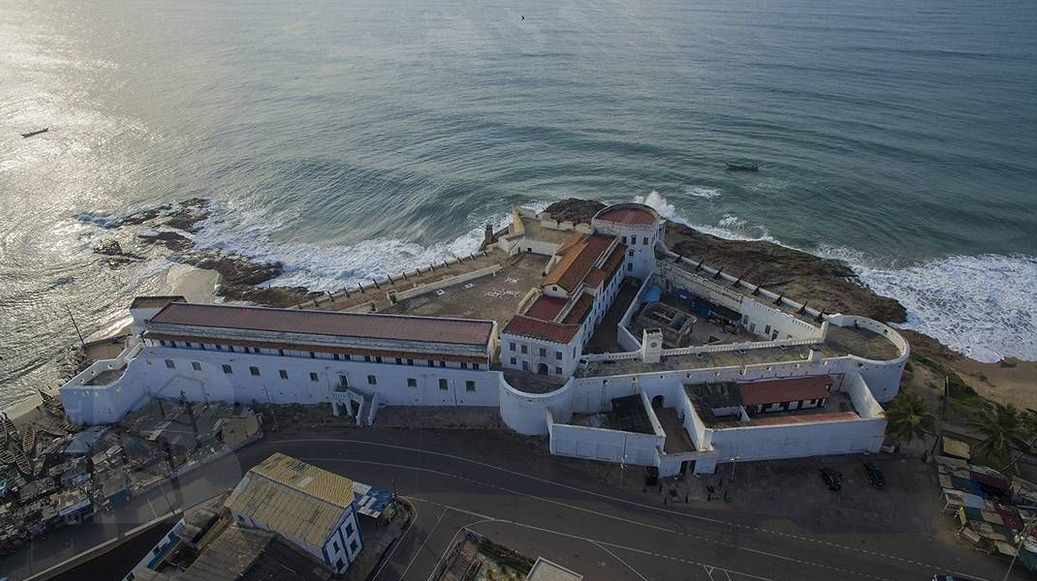
The Cape Coast Castle
First converted into a castle by the Dutch in 1637, the Cape Coast castle overlooks the sea and provides horrifying insight into the workings of the slave-trade. It’s considered one of the world’s most important slave-holding sites. It still displays the dark, damp dungeons, where slaves waited for two to 12 weeks, contemplating their fate. There’s also an excellent museum on the first floor, detailing the history of Ghana, the slave trade and Akan culture.
The Kakum National Park
The national park encompasses an area of 145 square miles (375 sq km). The park is named after the Kakum River which begins inside the protected. This is Ghana’s most visited natural attraction. It is one of three places in Africa that features a canopy walk through the trees. Wildlife includes buffalo, forest elephants, civet, Colobus monkeys, red river hog, giant forest hog, pangolin, dwarf crocodile, and the North Africa crested porcupine.
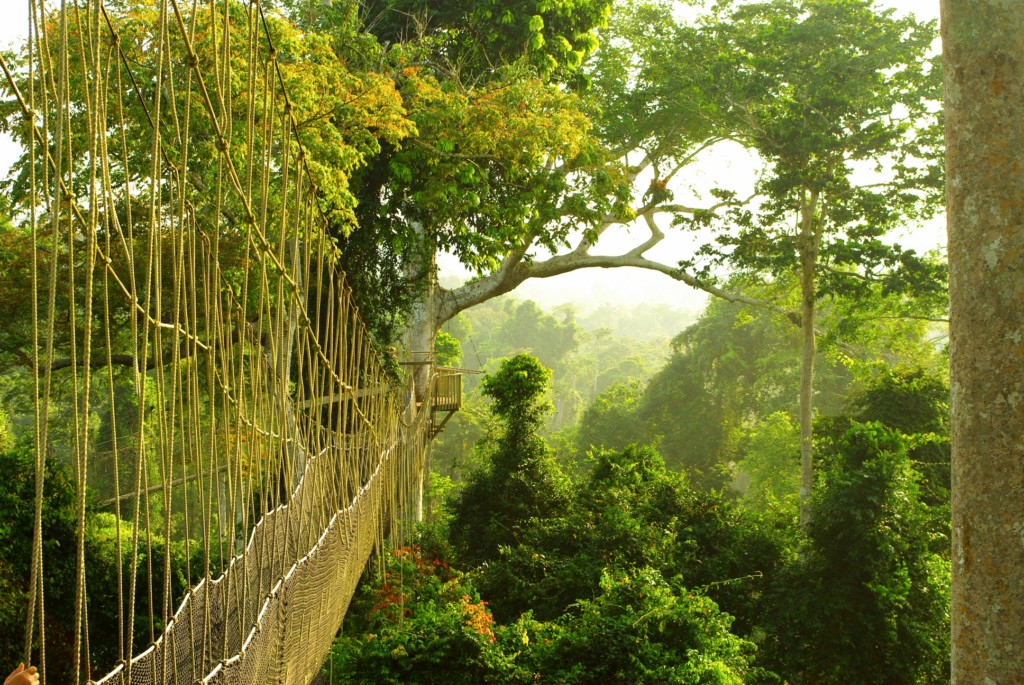

The Elmina Castle
Elmina Castle was erected by the Portuguese in 1482 as Castelo de São Jorge da Mina (St. George of the Mine Castle). Located in Elmina–Ghana, it was the first trading post built on the Gulf of Guinea, and currently the oldest existing European building in the south of the Sahara. First established as a trade settlement, this castle later became one of the most important stops on the route of the Atlantic slave trade.
The Osu Castle
Osu Castle(also known as the Christiansborg Castle) is located in Osu-Ghana on the coast of the Gulf of Guinea in Africa. This substantial castle was built by Denmark-Norway in the 1660s. It was the capital of the Danish Gold Coast and held and dispatched enslaved people overseas.
In 1902, Osu Castle became the seat of Government of Ghana, but later moved to the Golden Jubilee House in 2004. Because of its testimony to European colonial influence in West Africa and the Atlantic slave trade, the castle was inscribed on the UNESCO World Heritage List in 1979 along with several other castles and forts in Ghana.
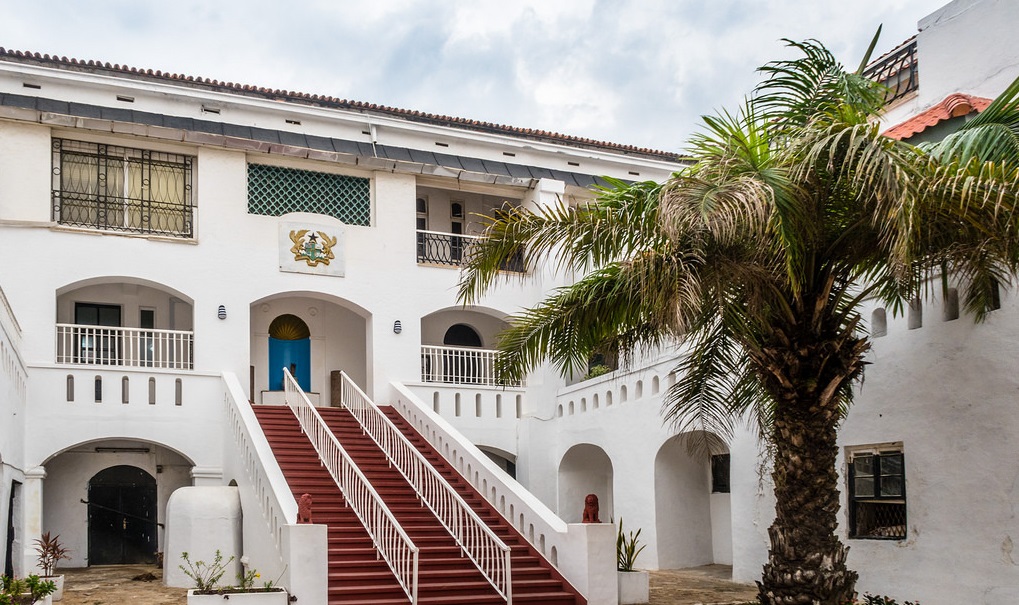
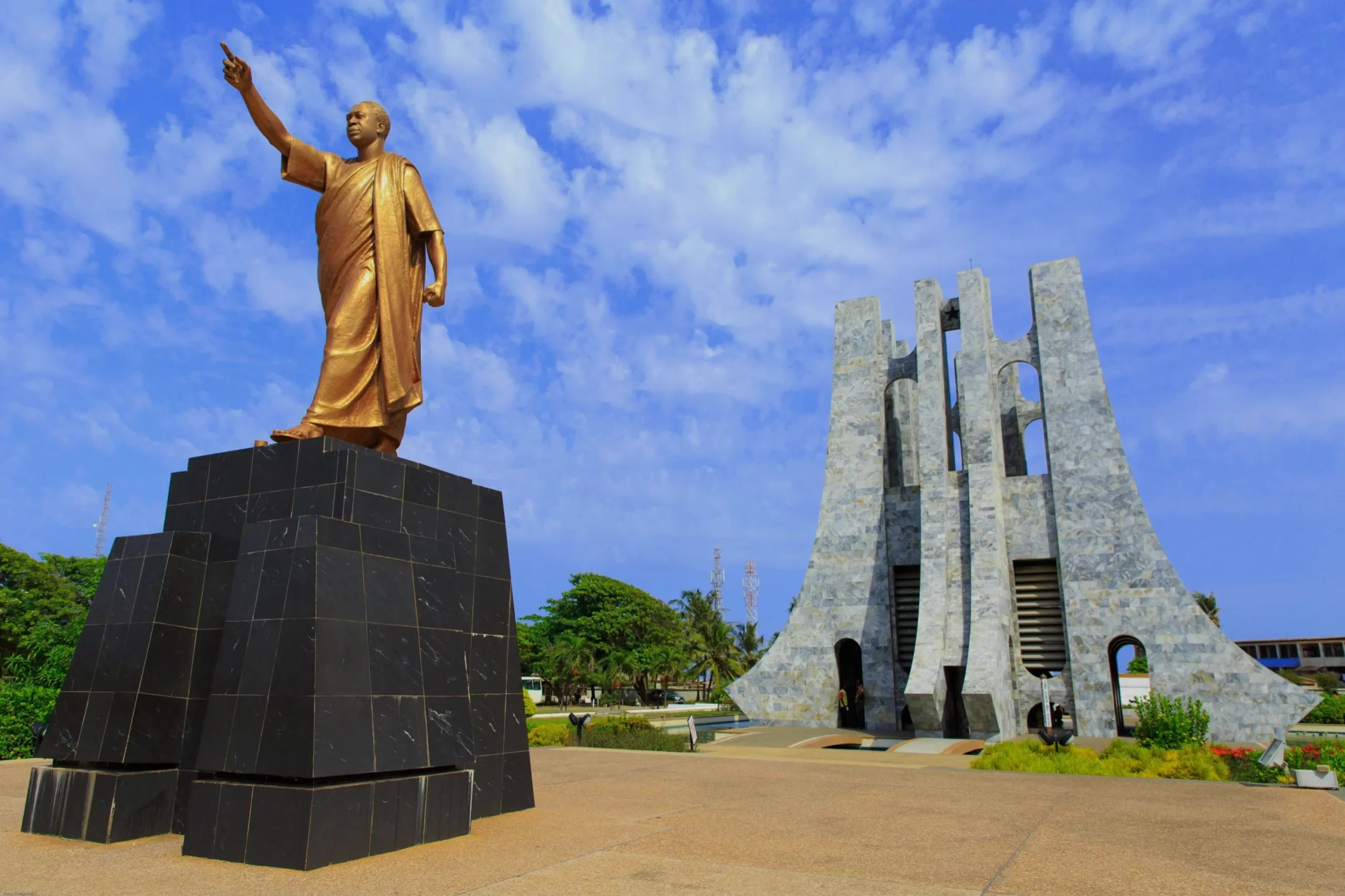
The Kwame Nkrumah Memorial Park and Mausoleum
This is in downtown Accra. The Mausoleum is the final resting place of Ghana’s first President and Africanist. The museum hosts rare artefacts relating to Ghana’s independence and tours at the park give visitors in-depth history of the Sub-saharan struggle for independence.
Accra Cultural Center
Showcases traditional handicrafts from all over Ghana; the center has workshops and art galleries. There are arts and crafts bazaars and a traditional textile market with souvenirs that have been crafted in clay, wood, leather, and metal. There is also indoor market with stalls having footwear, tee shirts and other souvenirs.
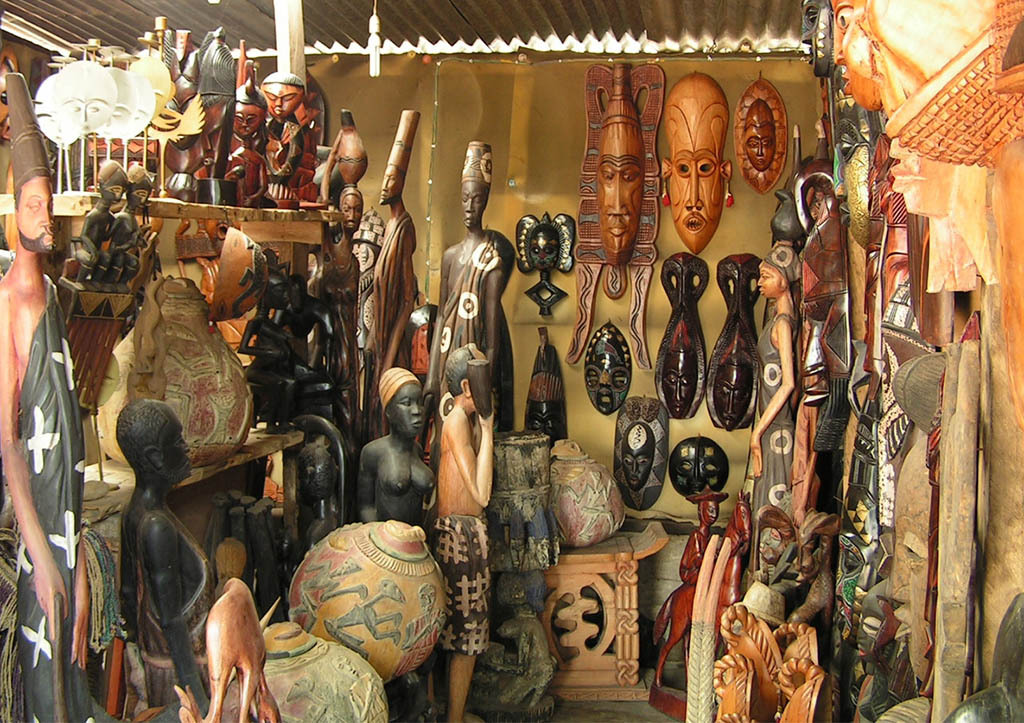
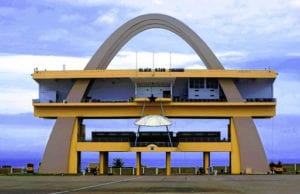
The Independence Square
(To witness Ghana’s Independence Celebration)
The Independence Square contains monuments to Ghana’s independence struggle. The square boasts of three monuments which encapsulate the fight for Independent and liberation. These monuments include the Independence Arch, backdropped by the Gulf of Guinea, the Memorial of the Unknown Soldier, which honors the Ghanaian soldiers who fell fighting for their country, and the Black Star Gate, an imposing monument topped by the Black Star of Africa. The five-pointed star on the Black Star Gate symbolizes Africa in general and Ghana in particular. The monument bears the large inscription “AD 1957” and “Freedom and Justice” and the Liberation Day Monument. The Independence Square is one of the largest city-squares in the world.
Nzulezu Village

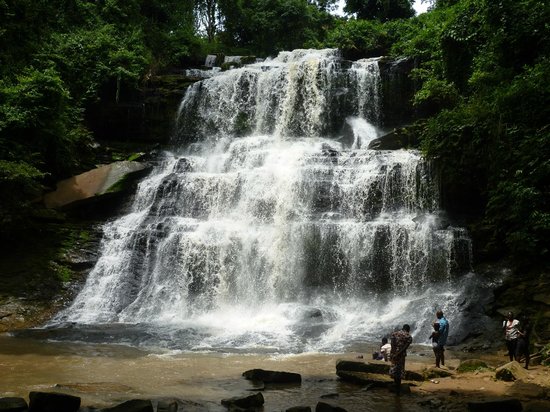
Kintampo Falls
Paga Crocodile Pond
